A free software is a piece of computer code that can be used with out restriction simply by the first users or by other people. This can be created by copying this software or changing it, and sharing it in various techniques.
The software independence movement was started in the 1980s by simply Richard Stallman, who was concerned that proprietary (nonfree) software constituted a form of oppression for its users and a violation with their moral privileges. He formulated a set of four freedoms just for software to become considered free:
1 . The freedom to improve the software.
This is the most basic of the freedoms, and it is the one that constitutes a free program useful to its users. It is also the liberty that allows a team of users to share their modified variation with each other plus the community at large.
2 . The freedom to study this program and know the way it works, in order to make changes to it to match their own objectives.
This independence is the one that a lot of people think of when they listen to the word “free”. It is the liberty to upgrade with the application, so that it truly does what you want that to do or perhaps stop performing a thing you do not like.
two. The freedom to distribute copies of your revised versions in front of large audiences, so that the community at large can benefit from your improvements.
This freedom is the most important on the freedoms, and it is the freedom that produces a free course useful to their original users and to someone else. It is the liberty that allows a team of users (or www.nutnnews.info/technology/best-antivirus-for-mac-os/ specific companies) to create true value-added versions of your software, which can serve the needs of a certain subset with the community.



